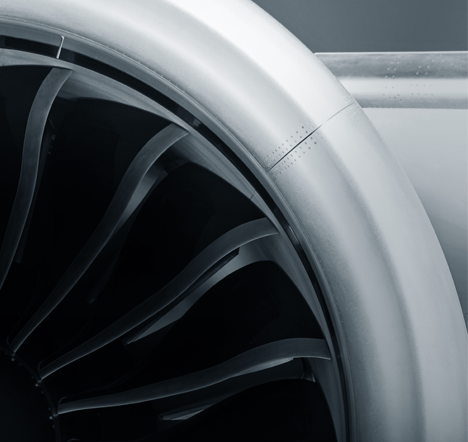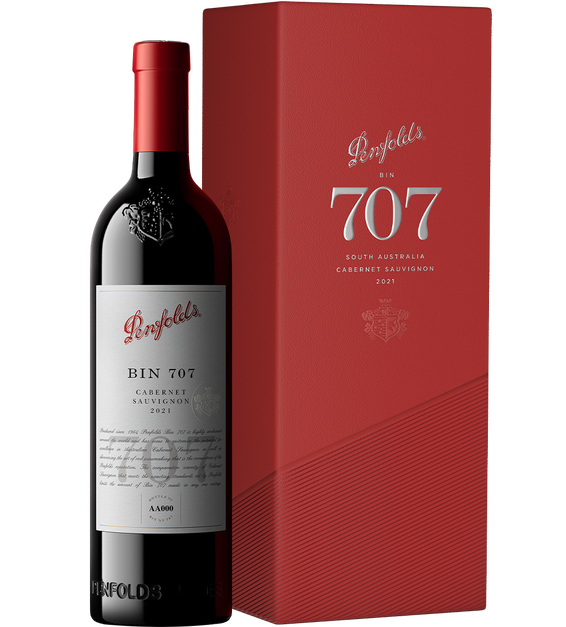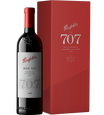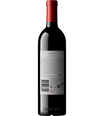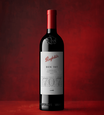一起开启您的传奇吧。
Bin 707 Cabernet Sauvignon 2021 Gift Box
Australian Release
Bin 707 Cabernet Sauvignon 2021 Gift Box
A cabernet reflection of Grange. Full-bodied with proven cellaring potential, the 2021 shows the essence of Bin 707 on the nose - blackcurrant, cassis and mulberry. The palate is balanced and complete with fresh mulberries, blackcurrant and fig with firm, glossy tannins.
Our flagship cabernet celebrates 60 years in 2024.
| 种类
Cabernet Sauvignon
|
Cabernet Sauvignon |
|---|---|
| 年份
2021
|
2021 |
| 容量
750 mL
|
750 mL |
| Closure
Cork
|
Cork |
| 最佳品鉴期
2026 – 2050
|
2026 – 2050 |
A cabernet reflection of Grange. Full-bodied with proven cellaring potential, the 2021 shows the essence of Bin 707 on the nose - blackcurrant, cassis and mulberry. The palate is balanced and complete with fresh mulberries, blackcurrant and fig with firm, glossy tannins.
Our flagship cabernet celebrates 60 years in 2024.
| 99 Points - Tyson Stelzer |
| 98 Points - Ken Gargett |
| 98 Points - Ray Jordan |
| 98 Points - Colin Hay |
| 97 Points - Jeni Port |
Tyson Stelzer
"Peter Gago now describes Bin 707 as ‘the Grange of cabernet’ and its price is certainly heading this way (2019 was $650 and there was no 2020, so a jump to $800 represents the only significant price rise in the Penfolds release this year). But there’s no doubt this is a vintage with the stature and endurance to support his association, with more than 50% sourced from Coonawarra in what he rightly considers one of the greatest seasons since 1991. The explosion of chalk mineral tannins, the brightness of acidity and the mesmerising confidence with which it holds its line and length in suspended animation make this one of the greatest and most enduring Bin 707s in the long lineage of this fabled label.
Ken Gargett
This stellar Cabernet sources its fruit from Coonawarra, Barossa and Wrattonbully. It spent 16 months in new American oak hogsheads. An opaque maroon colour, there are notes of dusty red earth here. Chocolate and tobacco leaves, soy, dried herbs, florals and aniseed. Hints of animal skins add to the complexity. There is serious intensity and focus, exemplary balance. With time in the glass, notes of both red and black fruits become ever more dominant, primarily blackcurrants and raspberries, backed by a slippery texture and satiny tannins with real persistence on a very long finish. Finesse and power. The nose is gorgeous, the palate even better. A twenty year proposition. 14.5% alc – 98 points
Ray Jordan
"Great to see this famous wine back. The fruit comes from Coonawarra, the Barossa and Wrattonbully, so there is quite a deal of cooler climate fruit influence in here. It gets 100% new American oak for 16 months making it one of the most idiosyncratic Australian cabernets. An engaging mix of mulberry and raspberry underpinned by deeper blackcurrant notes. The tannins have an almost glistening character adding brightness and energy through the very long palate. But then there is a creamy spicy roasted meat character adding further to the complex weave of flavours. One of the very best I can recall since this great wine was re-introduced from 1976. Plush, opulent and powerful. Cellar: 25 years. 14.5% alc – 98 points"
Worth the wait! A strident follow-on from the lauded 2019 Bin 707.
– Peter Gago, Penfolds Chief Winemaker

An impenetrable/dense blackness, reluctantly reddening on the rim (i.e. in March 2023!)
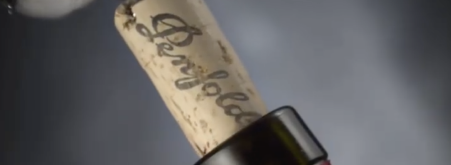
"Essence of Bin 707, yet neither over-concentrated nor laboured." - Peter Gago, Penfolds Chief Winemaker

Powerful - propelled by a wave of fruits - fresh mulberry, fig, Goji berry, raspberry, fresh blackcurrant. And licorice.
Ripe and firm, glossy tannins frame many layers, including those that appear to stand above. A textural creaminess, sumptuousness - possibly by way of oak?
Balanced, complete, latent.
RE-CORKING CLINICS
The ultimate after care service for your prized Penfolds red wines. Inspired by Max Schubert, who was known to re-cork old vintages of Grange for his friends, this complimentary service showcases our ongoing commitment to quality. Since our first clinic in 1991, Penfolds winemakers have assessed over 200,000 bottles across four continents. The service is available for all cork closure Penfolds red wines, aged fifteen years or older.
Learn More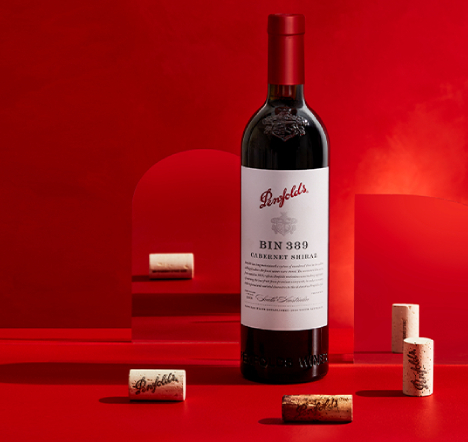
Vintage Conditions
Coonawarra had a dry start to the growing season. Spring was notably warm, with no incidents of frost. Conditions were optimal for flowering. Although there were 14 days >35°C, overall, the summer and autumn conditions were cooler than average, providing ideal ripening conditions. Nearby, Wrattonbully was similarly blessed with optimal conditions. The Barossa Valley growing season was relatively mild with long dry spells. July was unusually dry, resulting in reduced yields, however good rainfall in August provided a solid foundation for the vines to thrive in spring. Vine canopies were healthy, and notably larger than previous years. Spring temperatures were generally warmer than average with favourable climatic conditions for budburst and flowering. Summer temperatures were near long-term average, with 21 days >35°C. Except for a few wet days in February, the predicted La Niña failed to materialise. The generally mild conditions produced cabernet sauvignon grapes of outstanding quality.
| GRAPE VARIETY
Cabernet Sauvignon
|
Cabernet Sauvignon |
|---|---|
| VINEYARD REGION
Coonawarra, Barossa Valley, Wrattonbully
|
Coonawarra, Barossa Valley, Wrattonbully |
| 葡萄酒分析
酒精浓度: 14.5%, pH: 3.65, Acidity: 6.6g/L
|
酒精浓度: 14.5%, pH: 3.65, Acidity: 6.6g/L |
| MATURATION
16 months in American oak hogsheads (100% new)
|
16 months in American oak hogsheads (100% new) |
The Bin 707 Story
Inspired by the iconic jet that took it to the world. The rich and powerful Bin 707 Cabernet Sauvignon, our first commercial release of a single cabernet-based wine, is linked to Max Schubert’s dream of making a great Australian red wine that could last at least 20 years. During the ‘50s and early ‘60s cabernet sauvignon was mostly used for blending, but Schubert’s breakthrough with the varietal as a stand-alone wine came in 1964 with inaugural vintage. Early Bin 707s were typically open fermented under wax-lined header boards and matured in seasoned old oak (rather than new oak). The wine was not made from 1970 to 1975 (when fruit was directed to other wines) nor in 1981, 1995, 2000, 2003, 2011 or 2017 (when fruit of the required style and quality was not available).
Discover Collection